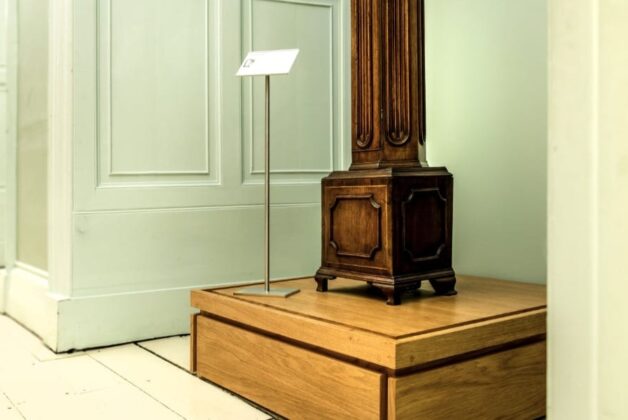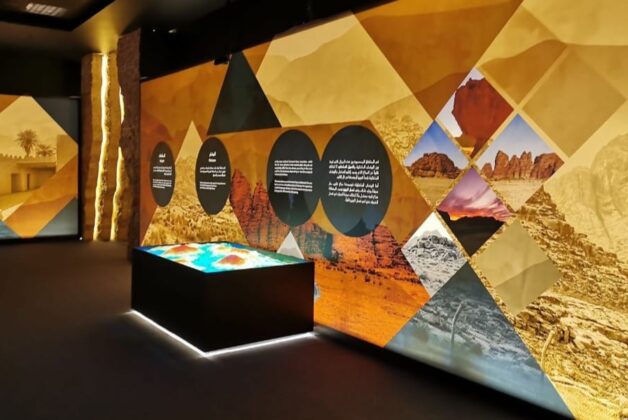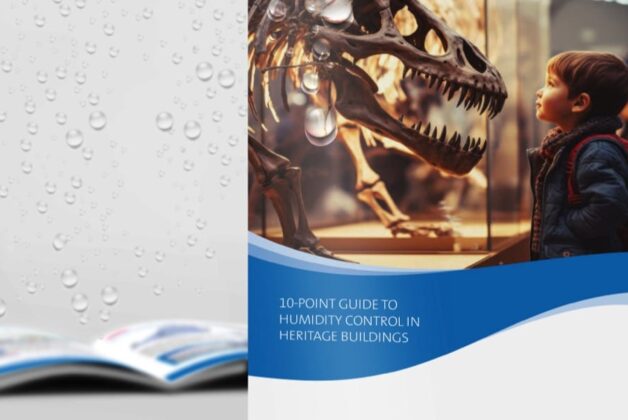Image: ChatGPT-Interface-Oxford
If you’re still chasing keyword rankings in Google, hoping visitors will find your museum, gallery or attraction amongst the myriad of other organisations competing for the same spot, you may want to reconsider your approach.
I’ve got some rather uncomfortable news for anyone who’s spent years perfecting their museum’s SEO strategy: the rules just changed, and what worked yesterday won’t necessarily bring visitors through your doors in today’s world where AI helps people discover cultural experiences.
Google’s AI Overviews aren’t just another search feature, they’re fundamentally changing how people discover museums, galleries, and heritage attractions.
In this article I’m going to focus primarily on Google AI Overviews… the summarised text that you’re beginning to see more and more often at the top of search results.
Ranking is Google Search may not be the right metric to chase
Remember when getting to the top spot on Google for terms like “art galleries near me” and “great museums for kids” were the holy grail? Well, those days are over.
I recently searched for “best museums to visit in Oxford with elderly parents” and never left Google. The AI Overview gave me everything I needed – museum recommendations, age-appropriate exhibitions, accessibility information, and even opening hours – all synthesised from multiple sources, with zero clicks through to actual museum websites.
This is happening millions of times daily as families, tourists, and culture enthusiasts plan their visits. The pattern is clear: we’re moving from fighting for rankings to fighting for mentions. And if your organisation isn’t being mentioned, you’re losing potential visitors before they even know you exist.
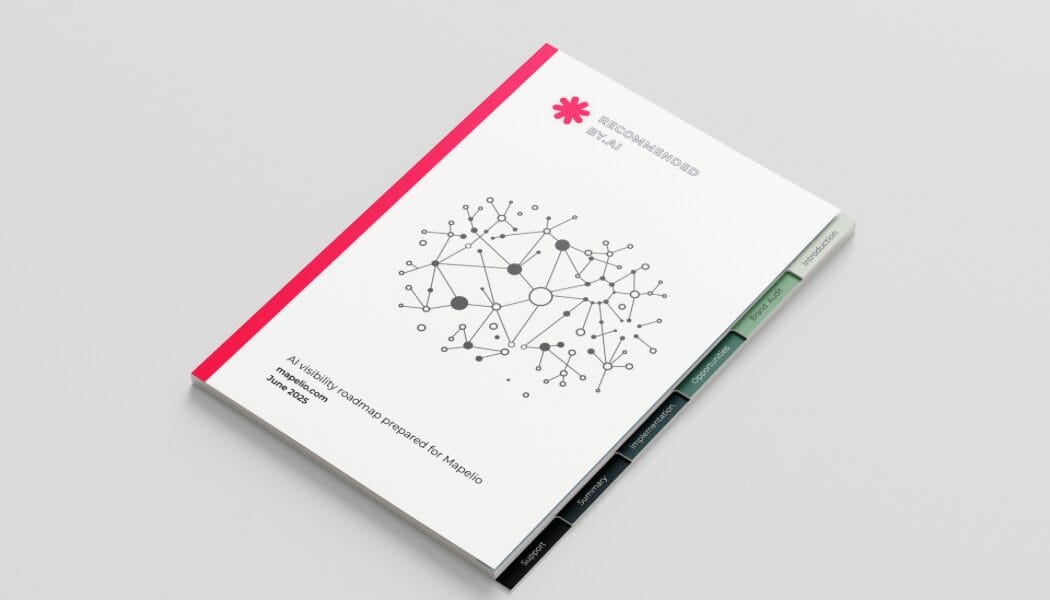
How Google gets information to present in AI overviews
Think of AI models / LLMs (Large Language Models) as the world’s most efficient cultural concierge. Naturally, Google has taken this a step further by incorporating its learning with a gargantuan repository of information it holds in its search databases.
When someone asks Google about museums or heritage sites, it doesn’t just look at one source, it simultaneously:
- Generates multiple related search queries.
- Scans dozens of potential sources including museum websites, review sites, cultural guides, and social media.
- Evaluates each source for trustworthiness and cultural authority.
- Decides how deeply to analyse each piece of content.
- Synthesises everything into one coherent recommendation.
This process, called “Fan-Out,” happens in milliseconds. And it’s ruthlessly selective about which cultural institutions make the cut. Extrapolate that even further and we find that each LLM takes a different approach to sourcing information, with results based on its pre-learned knowledge and the live, online sources that it favours.
The technical bit
The techy bit may not be your cup of tea but stay with me, as this is crucial!
Google’s AI accesses content at four different levels:
Level 1: System knowledge – Information already baked into the AI’s training. Your organisation gets minimal or no credit, no links, no visitor traffic when it presents an answer in AI overviews. Details about your permanent collection or historical significance might simply be absorbed without attribution.
Level 2: Snippet-only – The AI only reads your title, meta description, and rich snippets within a website. This is why your snippets need to be perfect as they might be all the AI ever sees of your current exhibitions or visitor information.
Level 3: Structured data – Clean, marked-up information like exhibition dates, ticket prices, accessibility features, or opening hours. Museums & attractions desperately need to embrace this for accurate, real-time information.
Level 4: Full content – AI models analyse your entire webpage. This only happens for complex cultural queries requiring deep context, such as detailed historical research or comprehensive exhibition information.
Depending on the query given to AI models, LLMs may never get past Level 2 or 3, so it is really important to ensure that these areas are your primary focus to start with.
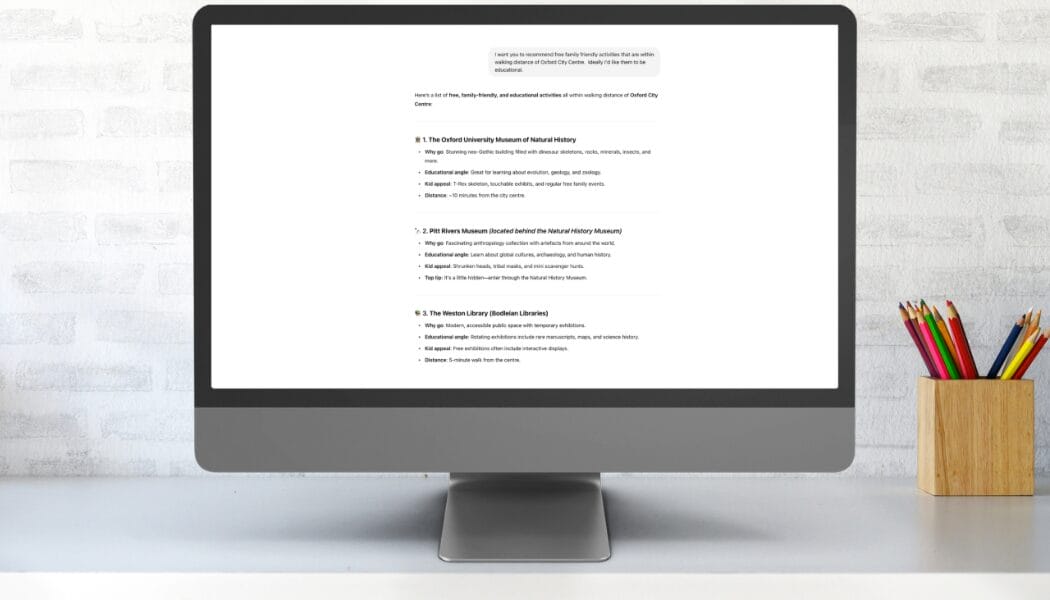
The importance of trust
Museums & attractions face a particular challenge in the AI era.
Whilst traditionally viewed as authoritative sources, they risk losing this authority if AI systems can’t access or verify their information accurately.
The cultural sector has always been built on trust – visitors believe what they see in museums and attractions. But AI systems need this trust to be machine-readable and consistently reinforced across multiple sources.
When AI hallucinations occur (a hallucination is where the wrong information is presented to a reader) in relation to historical facts, exhibition details, or collection information, it not only misinforms users but actively undermines the museum’s credibility.
However, here’s where museums can turn the AI challenge into an advantage through RAG (Retrieval-Augmented Generation) – the process where AI systems pull live, accurate information from trusted sources across the internet.
To ensure AI systems retrieve accurate information about your museum or attraction, focus on the following actions:
Create authoritative, structured content on trusted platforms:
- Wikipedia remains one of the most trusted sources for AI systems. Ensure your museum’s Wikipedia page is comprehensive, regularly updated, and properly cited.
- Update your Google Business Profile with complete, accurate information including current exhibitions, accessibility details, and real-time updates.
- TripAdvisor and Yelp listings with detailed, factual descriptions.
- Arts Council England and Visit Britain listings (where applicable) should be further refined and mirror important information across other websites.
Implement proper structured data markup (one for your technical team or website administrators):
- Schema.org markup for exhibitions, events, opening hours, and accessibility information. You can check your website’s current Scheme markup here and build out a plan of action to ensure you’re able to structure your data so that it is easily read by AI models without ambiguity.
- Regular updates to reflect current exhibitions and temporary closures.
Maintain consistent, authoritative information across platforms:
- Ensure opening hours, ticket prices, and exhibition details are identical across all platforms.
- Update information simultaneously across all channels where possible using an API to drawn information from a single source of truth (this makes errors less likely).
- Monitor for inaccuracies and correct them promptly.
The organisations that master this will become much better placed to become the ‘go to’ sources when AI systems need cultural information, essentially becoming the authoritative voice for their domain.

How you can start making the change
Perfect your website’s snippets – If AI only reads your website’s title and meta description, they need to capture your current exhibitions, key collections, and visitor essentials clearly and compellingly.
Implement structured data religiously – Give AI systems clean, unambiguous information about exhibitions, opening hours, accessibility, and ticket prices that machines can read without interpretation.
Think like a cultural source, not a destination – Create content that travel guides, cultural blogs, and education sites want to reference and quote. Become citable.
Monitor and correct cultural information – Regularly check how AI systems represent your exhibitions and collections. When you find inaccuracies, work to correct them at source.
The cultural attractions and museums that will thrive in this new world of AI
The winners in this AI-first cultural landscape will be:
- The definitive experts – Museums & attractions that become the go-to source for specific historical periods, artistic movements, or cultural phenomena.
- The relationship builders – Institutions embedded in the cultural conversation, regularly mentioned by peers, critics, and cultural commentators.
- The accessibility masters – Museums that understand and optimise for how people actually search for cultural experiences and provide information that visitors are looking for.
- The information custodians – Institutions that maintain accurate, structured, authoritative information across all platforms.
The hard questions every cultural institution must ask
- If someone searches for cultural activities in your area, does your museum appear in the AI response?
- Are you being mentioned in cultural publications, or are you just talking to yourself?
- Could your institution survive if website traffic dropped by 50% but visitor numbers needed to remain stable?
- What happens when people can learn about your collections and plan their visit without ever seeing your website?
- Are you the authoritative source AI turns to for information in your specialist area?
The bottom line for museums and attractions
This isn’t about learning new SEO tactics.
This is about fundamentally reimagining how you build cultural authority and visitor awareness in an AI-first world.
The museums and heritage attractions that adapt quickly will capture disproportionate visibility when people search for cultural experiences. The ones that cling to old strategies may slowly fade from public consciousness, regardless of the quality of their collections or exhibitions.
Your visitors are already using AI to discover cultural experiences. The transformation is happening whether you participate or not.
The most important question you need to ask yourself is: “Will my museum or attraction be mentioned in tomorrow’s AI responses about cultural visits, or will it be my competitors?”
The institutions that move first will shape how AI systems understand and recommend cultural experiences. Don’t let others define your cultural authority.
About the author
Iain Beaumont is the founder of Recommended By.AI; a brand which supports organisations improve their visibility across AI models in order to help them become recommended in responses.
Iain has been delivering training and strategic support over the last decade, and in recent years have been privileged enough to have worked with The University of Oxford and University of Pennsylvania, whilst also delivering keynote presentations at both the Land, Leisure and Tourism show at the NEC, Arts Marketing Association and for Walpole in New York.


